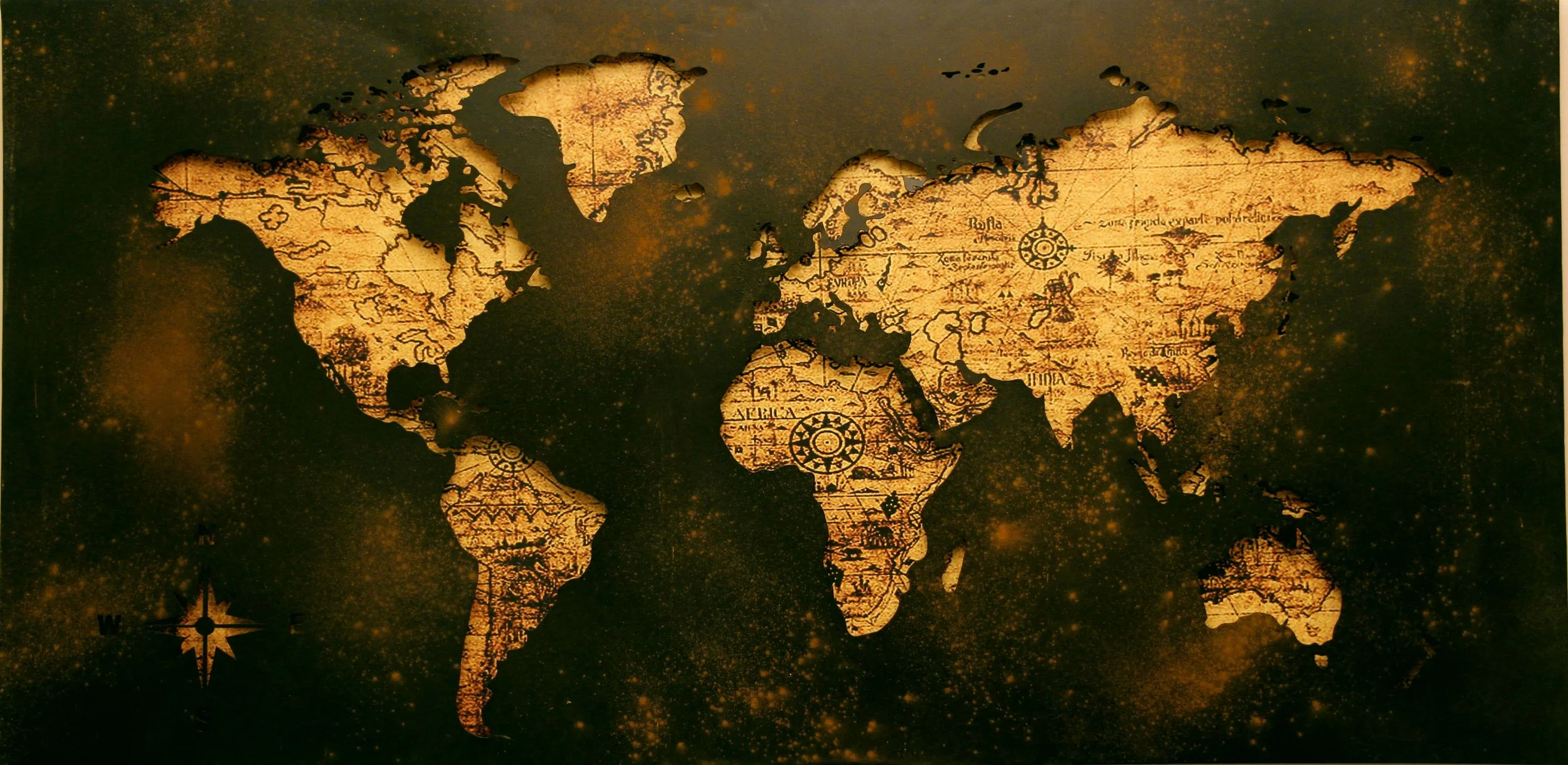World-Building for Fiction Writers: Create a Story Universe Your Readers Will Love (2025 Edition)
Welcome: Why World-Building Matters, Even Outside Fantasy
Ever get lost in a book, feeling like you could actually walk its streets or smell its forests? That’s the power of great worldbuilding. It’s not just for epic fantasy or space operas; even contemporary fiction needs a living, breathing setting.
I’m Brandon Rohrbaugh, author and content writer. Over the years, I’ve helped writers turn vague settings into vibrant, memorable worlds. Whether you’re crafting a magical realm, a futuristic city, or a small town that feels like home, this guide will give you the tools (and a printable checklist) to build a universe your readers can’t wait to return to.
What Is World-Building?
Worldbuilding is the process of creating the setting, cultures, rules, and history for your story. It’s the foundation that gives your characters somewhere to live—and your plot somewhere to unfold.
Worldbuilding isn’t about dumping pages of backstory on your reader. It’s about creating the illusion of a real, complex place, even if only a fraction ever appears on the page. For more on this, see this helpful guide by Reedsy on worldbuilding fundamentals.
Start With the Big Picture
Begin broad, then zoom in:
What’s your world’s “one big thing”?
(Magic system, dystopian government, new technology, hidden society, etc.)Time period and genre:
Is your story set in the far future, ancient past, or a recognizable present?Physical environment:
Continent, country, town, or ship in space—sketch a rough map if it helps.
Example:
In Harry Potter, the “big thing” is a magical society hidden within modern England. In The Hunger Games, it’s a dystopian North America divided into Districts.
Dig Into the Details
Once you have your world’s core, flesh it out by asking:
Who lives here?
Cultures, customs, religions, politics, traditions.What do people eat, wear, and believe?
What’s different from our world?
Consider economy, technology, transportation, communication.What are the rules—and what happens when someone breaks them?
Pro Tip: Even contemporary stories benefit from deep worldbuilding! Think of the unique quirks of a real small town or a big city neighborhood.
Avoiding the Infodump Trap
It’s tempting to share every detail you create—but remember: story comes first. Sprinkle your worldbuilding naturally, revealing key facts as your characters interact with their surroundings.
Show, don’t tell:
Instead of “There were strict curfews in the city,” show your character sneaking home before the bells ring.Use dialogue, sensory details, and character reactions.
Only reveal what’s necessary for the scene or the stakes.
Tip: Keep a “World Bible” document to record all your details there, but only drip-feed what readers need to know.
Bring Your World to Life—With All Five Senses
The most memorable settings are immersive. Challenge yourself to describe:
Sights: Unique architecture, landscape, fashion, technology
Sounds: Music, traffic, language, wildlife, weather
Smells: Foods, markets, rain, city air, forests
Tastes: Traditional dishes, street food, drinks, medicines
Touch: Textures of clothing, tools, weather, magical effects
Example:
A character might run their hands over the rough stone of an ancient city wall, taste bitter herbs in a healing tea, or shiver in the sudden cold of enchanted fog.
How to Use Maps and Visual Aids
Photo by Aaditya Arora: https://www.pexels.com/photo/world-map-illustration-592753/
Maps aren’t just for fantasy! Sketching a map, no artistic skill needed, helps keep locations consistent. You can:
Draw your world, continent, or city on paper or digitally (try tools like Inkarnate or Wonderdraft).
Make family trees or relationship webs for complex casts.
Use Pinterest or Canva to collect visual references (landscapes, architecture, clothing).
Share simplified versions with readers as bonus content or in the front of your book!
Printable World-Building Checklist
Download my free World-building Checklist to keep all your ideas organized as you write. It covers:
Setting basics (era, climate, geography)
Culture, beliefs, traditions
Economy, technology, daily life
Language quirks and naming conventions
Conflicts, rules, and taboos
Download your World-building Checklist here!
Related Resources
Conclusion
Worldbuilding is your chance to play god—but remember, your characters and plot come first. Build just enough to bring your setting to life, then let your story unfold.
What’s your favorite worldbuilding tip? Share it in the comments—or link to your own maps and mood boards!
Ready to dive deeper? [Download your free checklist], subscribe for more writing resources, and check out my courses.
Happy building—your readers are waiting to explore your universe!
Brandon Rohrbaugh | Author, Content Writer, Worldbuilder at Heart



